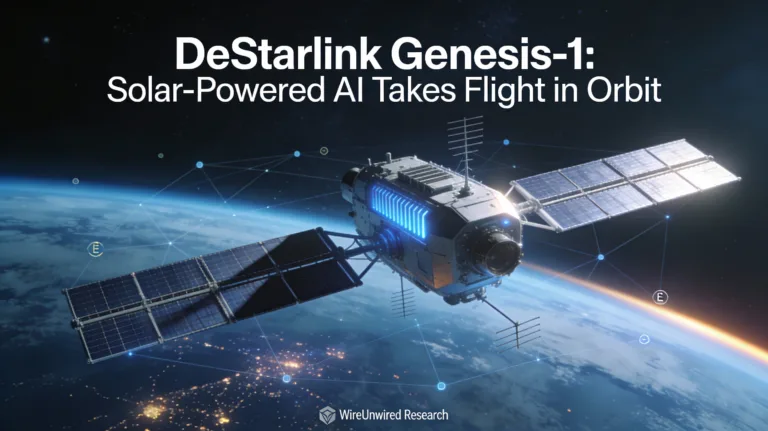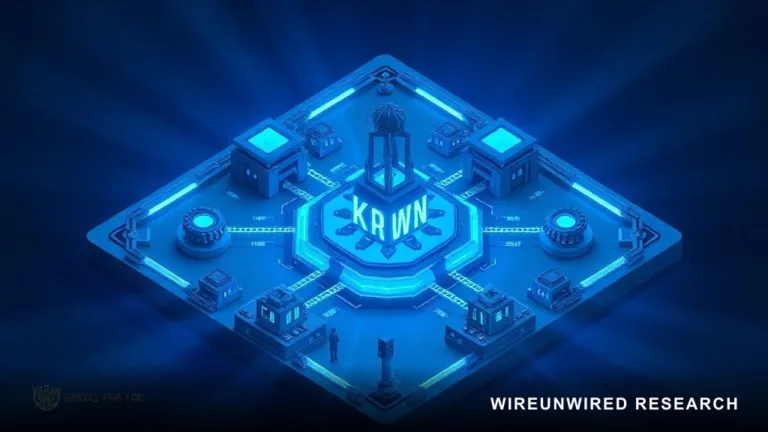The drive to make California a national leader in sustainable transportation took a major leap on September 24, 2025, as the California Energy Commission (CEC) announced a robust $55 million incentive program to expand the state’s public electric vehicle (EV) fast charging infrastructure. This bold move, under the banner of the Fast Charge California Project, is designed to accelerate EV adoption and help California meet its ambitious clean energy goals.
Fast Charge California Project: A Statewide Push for Accessibility
The Fast Charge California Project is the latest and largest phase of the California Electric Vehicle Infrastructure Project (CALeVIP), the nation’s most extensive EV charging incentive initiative. Since 2017, CALeVIP has helped deploy nearly 10,000 EV chargers, supporting the more than 2.2 million light-duty EVs now on California roads. This new wave of funding offers up to 100% coverage of installation costs for direct current (DC) fast chargers at qualifying businesses and public sites across the state, with applications open through October 29, 2025.
Key Features at a Glance
| Feature | Details |
|---|---|
| Total Funding | $55 million |
| Coverage | Up to 100% of eligible installation costs |
| Per-port Incentive (150–274.99 kW) | Up to $55,000 |
| Per-port Incentive (over 275 kW) | Up to $100,000 |
| Eligibility | Publicly accessible sites statewide |
| Priority | Tribal, disadvantaged, and low-income communities |
| Project Readiness | Must have final utility design and permits |
The program specifically targets sites in tribal areas, disadvantaged communities, and low-income communities—locations often underserved by current fast-charging infrastructure. Eligible applicants include convenience stores, gas stations, retail centers, parking lots, and other high-traffic public destinations. To qualify, projects must be “shovel-ready,” meaning all utility designs and permits are secured prior to application.
Driving Toward a Zero-Emission Future
California’s commitment to a cleaner transportation future is underscored by its planned ban on new gas-powered vehicle sales by 2035, making robust EV charging infrastructure more critical than ever. According to CleanTechnica, the state currently boasts over 15,600 public DC fast chargers, but rapid expansion is needed to keep pace with EV adoption and to alleviate drivers’ range anxiety—a key barrier to widespread EV use.
The Fast Charge California Project is funded through the CEC’s Clean Transportation Program and the state’s Greenhouse Gas Reduction Fund. As Hannon Rasool, director of the CEC Fuels and Transportation Division, explains, “This is the biggest CALeVIP project ever. It’s the first to be statewide. And it’s the first to cover up to 100% of eligible costs. Installing more fast chargers is vital to California’s zero emission vehicle transition, and the Fast Charge California Project prioritizes ready-to-build fast charging projects, with eligible projects in disadvantaged communities going to the top of the list.”
A Broader Push for Equity and Accessibility
State officials and clean energy advocates agree that equitable access to fast charging is essential for ensuring all Californians can participate in the EV revolution. Evan Wright, director of EV infrastructure and operations at the Center for Sustainable Energy, emphasized, “State-funded incentives are essential for the rapid and equitable expansion of California’s electric vehicle charging network. This program is designed to get fast chargers in the ground—fast.”
For readers interested in staying updated on California’s EV infrastructure expansion or sharing their perspectives, WireUnwired invites you to join our WhatsApp community for ongoing discussion and news alerts.
With applications now open and funding ready to flow, California’s latest investment marks a significant milestone on the road to a zero-emission future—one where every driver, regardless of region or income, can charge up and go.
Discover more from WireUnwired Research
Subscribe to get the latest posts sent to your email.




